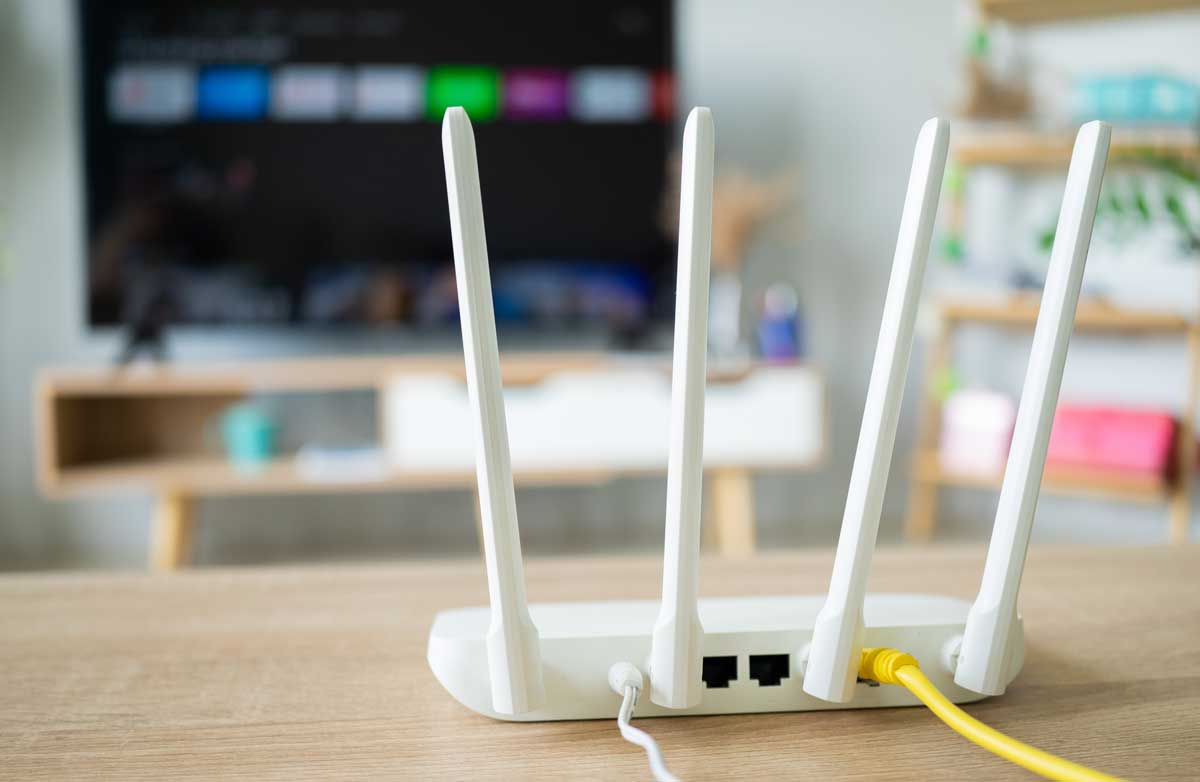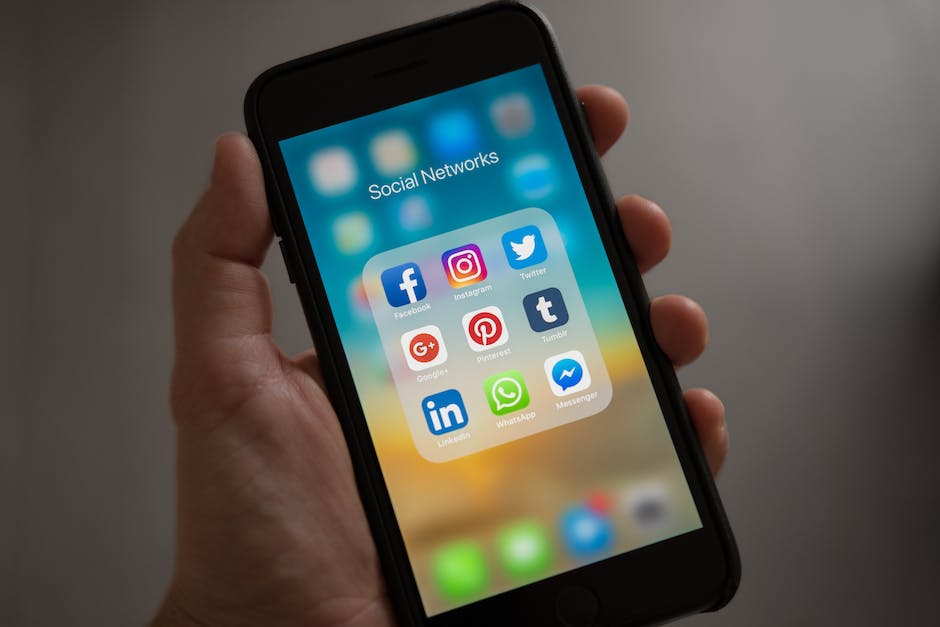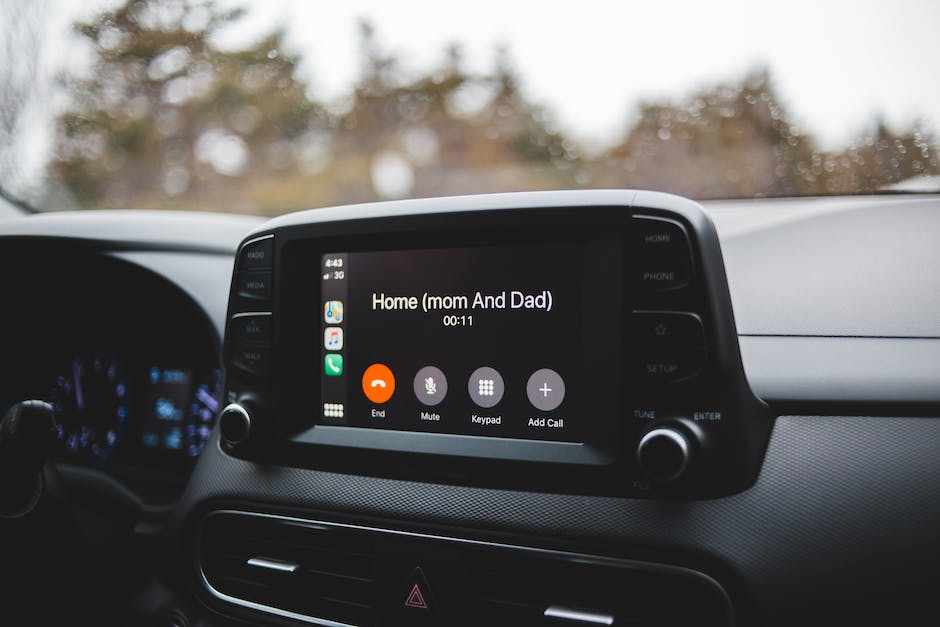Access to reliable communication services is crucial in today's digital age. For low-income families struggling to afford these services, the government aims to provide low-cost, reliable connectivity solutions. Did you know that you may be eligible for discounted phone and internet services through the California Lifeline program?
This initiative aims to provide affordable phone and internet services to low-income households, ensuring that everyone has access to vital resources and opportunities. Navigating the California Lifeline application process can be overwhelming, but with the right guidance, you can easily take advantage of this valuable program. Whether you're a first-time applicant or simply seeking a refresher, you can unlock your Lifeline benefits with this guide.
A Closer Look at the California Lifeline Program
Before diving into the California Lifeline application process, it's important to understand how this program works. The California Lifeline Program is an important initiative that aims to provide affordable phone and internet services to low-income households in the state. Established by the Federal Communications Commission (FCC), this federal program plays a vital role in bridging the digital divide and ensuring that all Californians have access to essential communication services.
In 2023, over 1.1 million Lifeline beneficiaries are granted benefits in California. The California Public Utilities Commission (CPUC) oversees the program, from reviewing eligible individuals to ensuring that network providers adhere to the set standards and regulations.
Lifeline Benefits and Services
The main objective of the California Lifeline Program is to make communication services more affordable for low-income households. This program provides a discount on monthly phone and internet bills, allowing eligible individuals and families to stay connected without straining their budgets. The Lifeline discount can be used for either landline or mobile phone service, as well as for internet service.
-
Monthly Discounts: Depending on the service provider and the chosen plan, eligible participants can receive significant monthly discounts on their phone and/or internet bills. This can be up to $9.25 for voice services and an equivalent amount for broadband.
-
Choice of Benefit: Subscribers can choose between a discount on voice-only services, broadband-only services, or bundled voice and broadband services. However, the discount is typically applied to just one service or the other (voice or broadband), not both.
-
Free or Discounted Equipment: Some service providers participating in the California Lifeline Program also offer free or discounted phones or modems to eligible subscribers.
-
No Deposit Requirement: For those applying for new service, there's typically no deposit required if the subscriber agrees to a specific payment plan or stays within a set monthly usage.
A variety of service providers participate in the California Lifeline Program. These include major national carriers, regional operators, and local telecom companies.
Step-By-Step Guide to California Lifeline Application Process
Navigating the California Lifeline application process may seem daunting initially, but with the right guidance and understanding, it becomes a smooth endeavor. Here's a comprehensive step-by-step guide to help you through this crucial journey:
Step 1: Gather Necessary Documents
Before you start the application process, ensure you have all the necessary documentation at hand. This includes proof of participation in any qualifying assistance programs or proof of income, depending on your eligibility route. Additionally, a valid form of identification, such as a driver’s license or state ID, and proof of residency, like a utility bill or lease agreement, will be essential.
Step 2: Obtain the Application Form
To kick off the process, you'll need to get the Lifeline Application Form. This can be acquired from the official Lifeline website, or you might receive one from a participating phone or broadband service provider. If you prefer a physical copy, consider requesting one via mail.
Step 3: Complete the Application Form
Take your time to fill out the form accurately, ensuring all information provided aligns with your documentation. Be meticulous in your details, especially when indicating your choice of benefit (phone or broadband discount) and service provider.
Step 4: Submit the Application
Once you've filled in all the required details, you can submit your application. Depending on your preference, this can be done online, by mail, or even by fax in some instances. Ensure you keep a copy of your submitted application and any other pertinent documents for future reference.
Step 5: Wait for Initial Review
After submitting, your application will undergo an initial review by the California Lifeline Administration. This step is to ensure all information provided is accurate and complete. If any discrepancies or missing details are detected, you'll be notified and might need to provide additional documentation.
Step 6: Receive your Personal Identification Number (PIN)
Upon successful initial review, you'll be issued a Personal Identification Number (PIN). This unique identifier will be sent to you through a PIN letter. Safeguard this number, as it plays a pivotal role in the next step.
Step 7: Choose a Service Provider
With your PIN in hand, approach a California Lifeline-approved service provider of your choice. Share your PIN with them to confirm your eligibility for the program. Following this, you can select a plan that aligns with your needs and the available Lifeline discounts.
A few notable Lifeline service providers in California include:
-
Assurance Wireless - A prominent provider known for offering both mobile phone and broadband services under the Lifeline program.
-
SafeLink Wireless - One of the pioneering providers in the Lifeline sector, they provide both cell phone and internet connectivity options for beneficiaries.
-
TruConnect - Catering to those in need, TruConnect has a range of plans, including mobile data, for Lifeline beneficiaries.
-
Life Wireless - Focusing primarily on mobile services, Life Wireless ensures that Californians can stay connected on the move.
-
FeelSafe Wireless - With a vision of reliable connectivity, FeelSafe offers both mobile and broadband solutions for those eligible for the Lifeline program.
-
Tag Mobile - Another established provider in the domain, Tag Mobile offers a blend of phone and internet options for its Lifeline customers.
-
California Telephone Access Program (CTAP) - Specifically tailored for Californians with disabilities, CTAP ensures they have access to basic communication services.
-
Access Wireless - With an emphasis on mobile connectivity, Access Wireless serves the needs of those looking for efficient mobile communication solutions.
Step 8: Undergo Final Verification
Once you've chosen a service provider and a plan, the California Lifeline Administration will conduct a final verification. This is to cross-check and ensure that all earlier provided details remain accurate and that you still qualify for the benefits.
Step 8: Start Receiving Benefits
Upon successful final verification, you'll officially become a beneficiary of the California Lifeline program. From this point onwards, the agreed-upon discounts will be applied to your monthly phone or broadband bills.
Remember, your Lifeline benefits aren't indefinite. Lifeline eligibility renewal should be done every year. This entails confirming that you still meet the Lifeline criteria. Failure to recertify or any change in eligibility status can lead to the cessation of your benefits.
Lifeline Eligibility Criteria in California
To ensure that the benefits reach those who truly need them, strict eligibility criteria have been set. Here's a detailed look at the eligibility requirements for the California Lifeline Program:
Income-Based Eligibility
Applicants can qualify for Lifeline based on their household income. It must be at or below the income thresholds set by the state, which are typically determined as a percentage of the Federal Poverty Guidelines. These thresholds can vary annually, so it's crucial to consult the current year's guidelines.
Program-Based Eligibility
Individuals participating in certain state or federal assistance programs automatically qualify for the Lifeline discount. Some of these programs include:
-
Medicaid (known as Medi-Cal in California)
-
Supplemental Nutrition Assistance Program (SNAP), also known as CalFresh program in California
-
Supplemental Security Income (SSI)
-
Federal Public Housing Assistance or Section 8
-
California Work Opportunity and Responsibility to Kids (CalWORKs)
-
Women, Infants, and Children Program (WIC)
One Benefit Per Household Rule
The Lifeline Program stipulates that there can be only one Lifeline discount per household. A household refers to any individual or group of individuals living together at the same address and sharing income and expenses. This rule ensures equitable distribution of benefits and prevents misuse.
Valid Identification
Applicants must provide a valid ID to prevent fraud and ensure the benefit is accorded to the right individual. This could be a driver's license, passport, or other forms of government-issued identification.
Certification
Applicants need to certify the truthfulness and accuracy of the information provided in the application. This includes certifying their participation in the assistance programs or verifying their income level. Providing false information can lead to de-enrollment, fines, or even legal action.
Recertification
Lifeline benefits in California require annual recertification. This means beneficiaries must confirm their eligibility each year. If a beneficiary no longer meets the program’s criteria or fails to recertify, they will be removed from the program.
Residency
The applicant must be a resident of the state of California. Proof of residency may be required during the application process.
Frequently Asked Questions
1. What is the California Lifeline Program?
The California Lifeline Program is a state initiative that offers discounted home phone and cell phone services to eligible households, ensuring that they remain connected irrespective of financial constraints.
2. Who can apply for the California Lifeline Program?
California residents who meet specific income criteria or are enrolled in certain public assistance programs can apply. You'll need to provide proof of eligibility during the application process.
3. How do I apply for the California Lifeline Program?
Start by selecting a Lifeline service provider in California. They will typically guide you through the application process, which includes filling out a form and providing the necessary documentation to prove eligibility.
4. Is the application process free?
Yes, applying for the California Lifeline Program does not incur any charges.
5. How long does the application process take?
Once you submit all necessary documents, it usually takes a few weeks to process your application. You'll receive a notification regarding your application status.
Wrapping Up the Lifeline Journey
Navigating the California Lifeline application process may seem daunting initially, but with the right resources and understanding, it can be streamlined and accessible. Ensuring that every eligible Californian has the opportunity to stay connected is the program's utmost priority. However, circumstances change, and there might come a time when you wish to switch providers to better suit your needs.
If you're already benefiting from the California Lifeline Program but are curious about what other providers offer or need a change, find out how to seamlessly switch Lifeline service providers. Enjoy the best services Lifeline has to offer!







